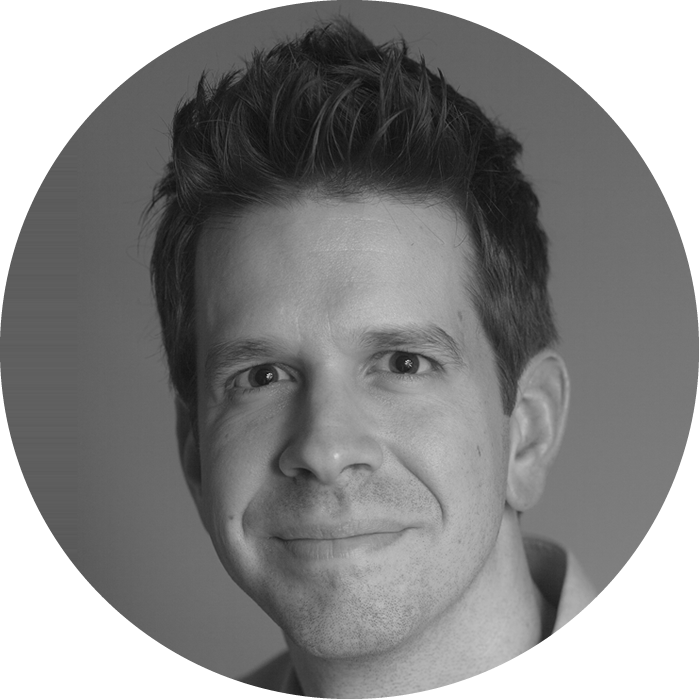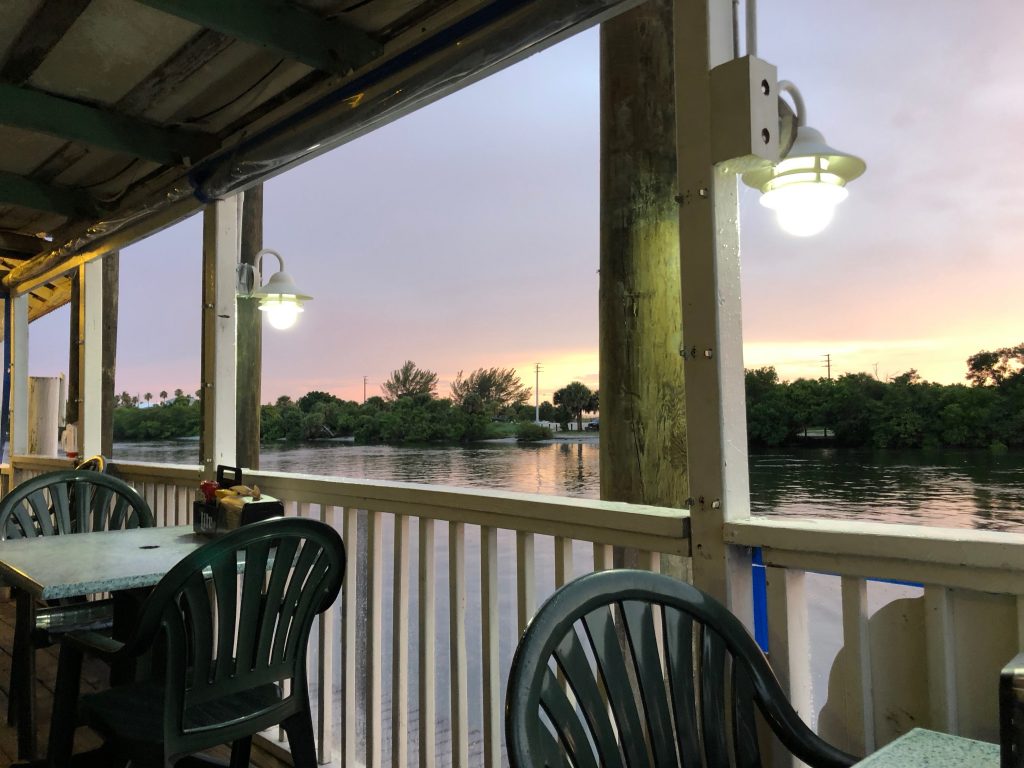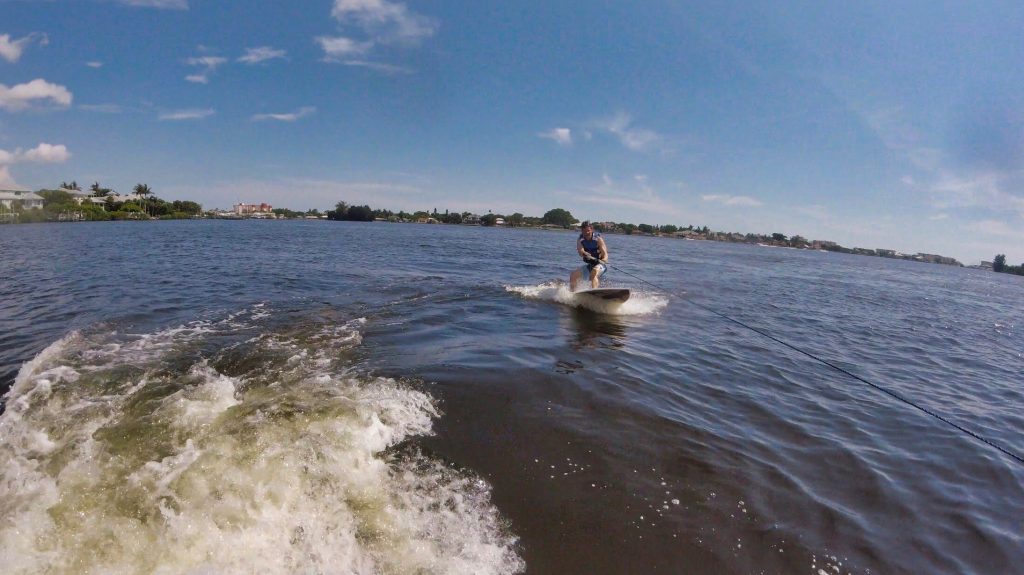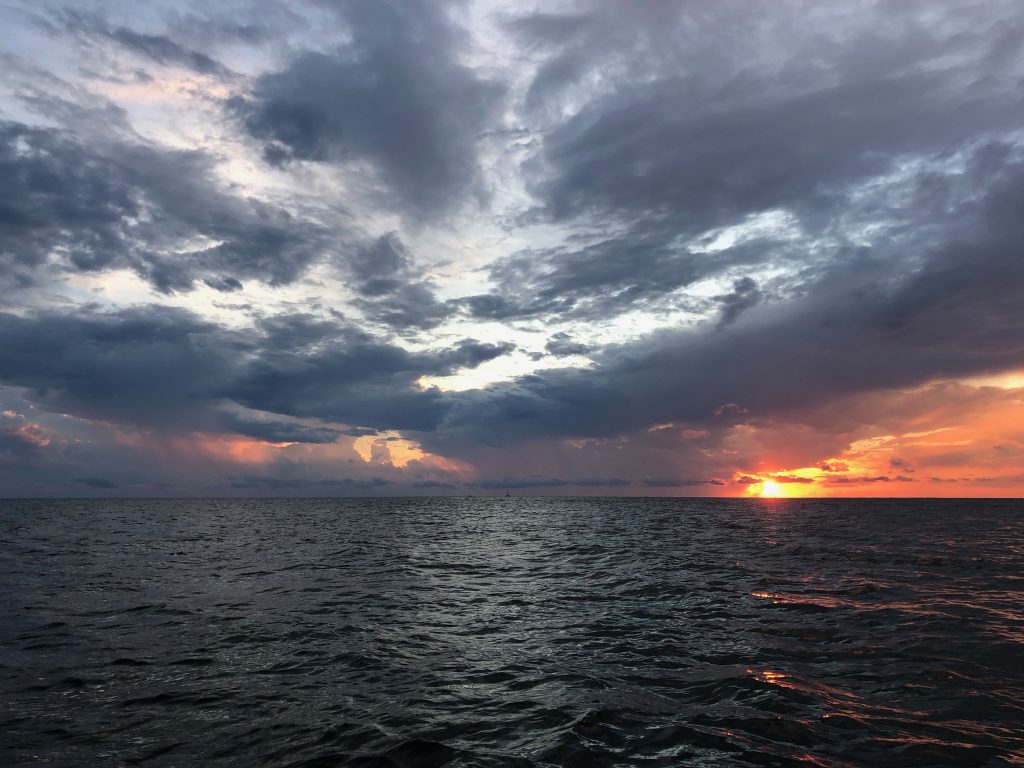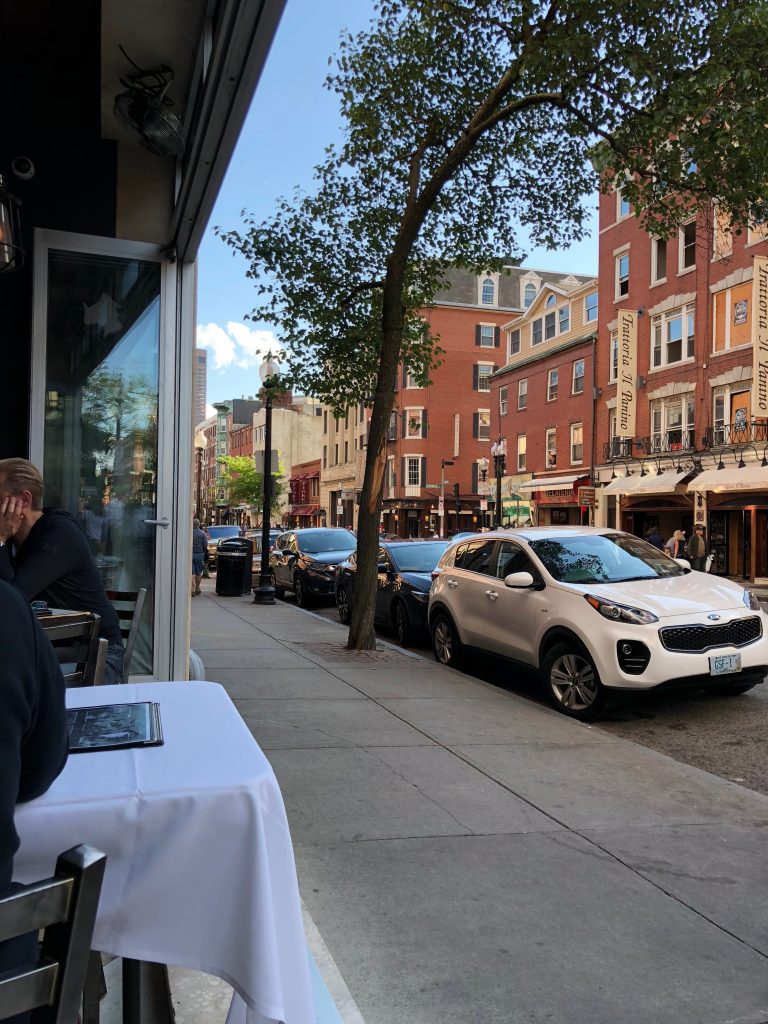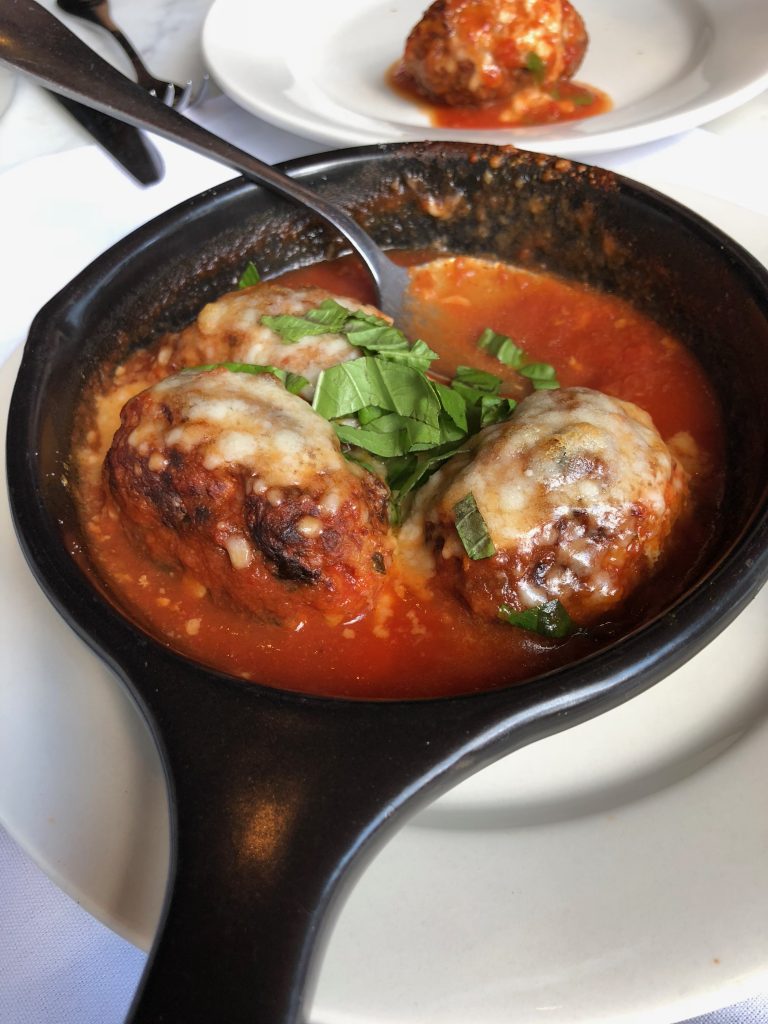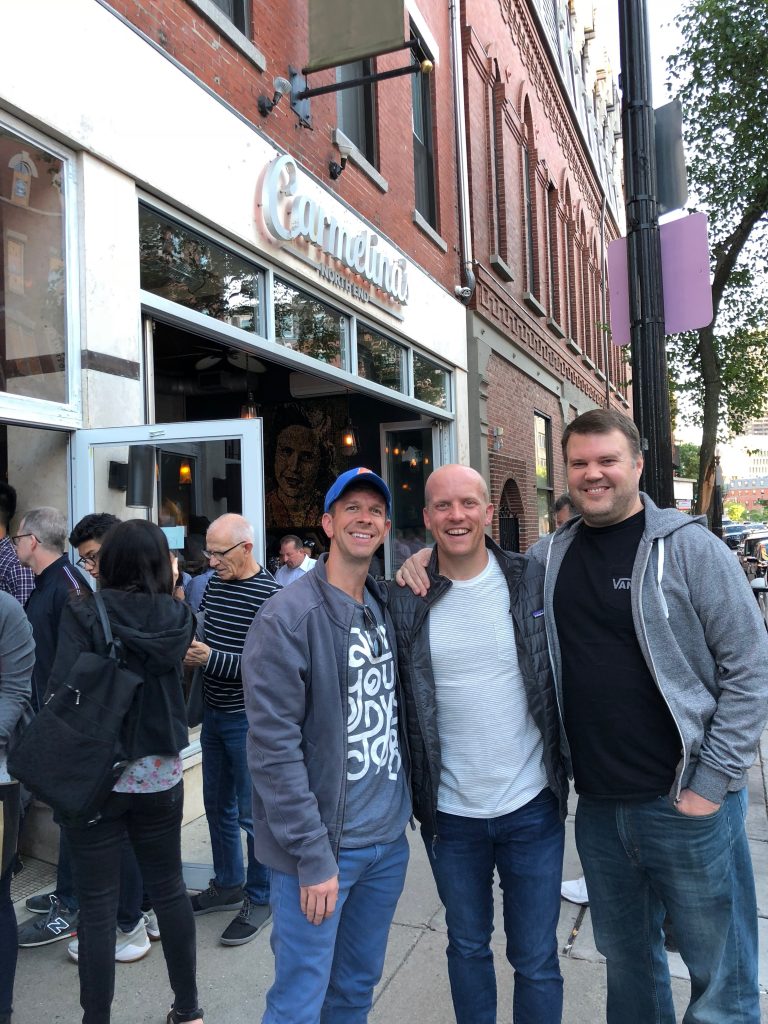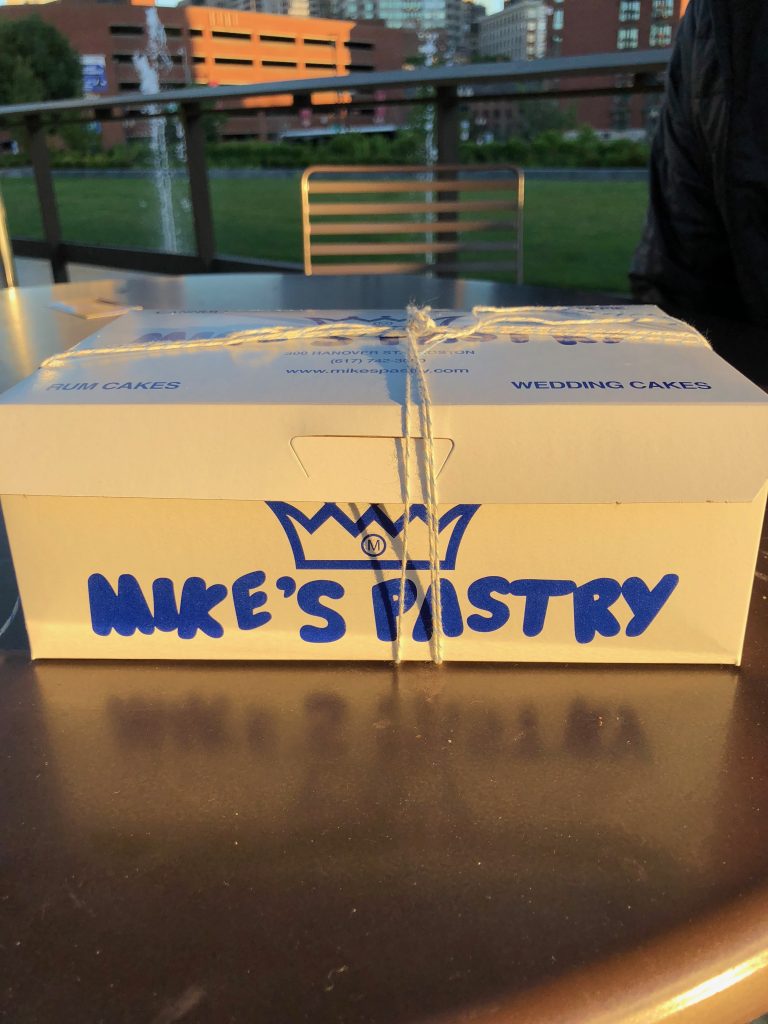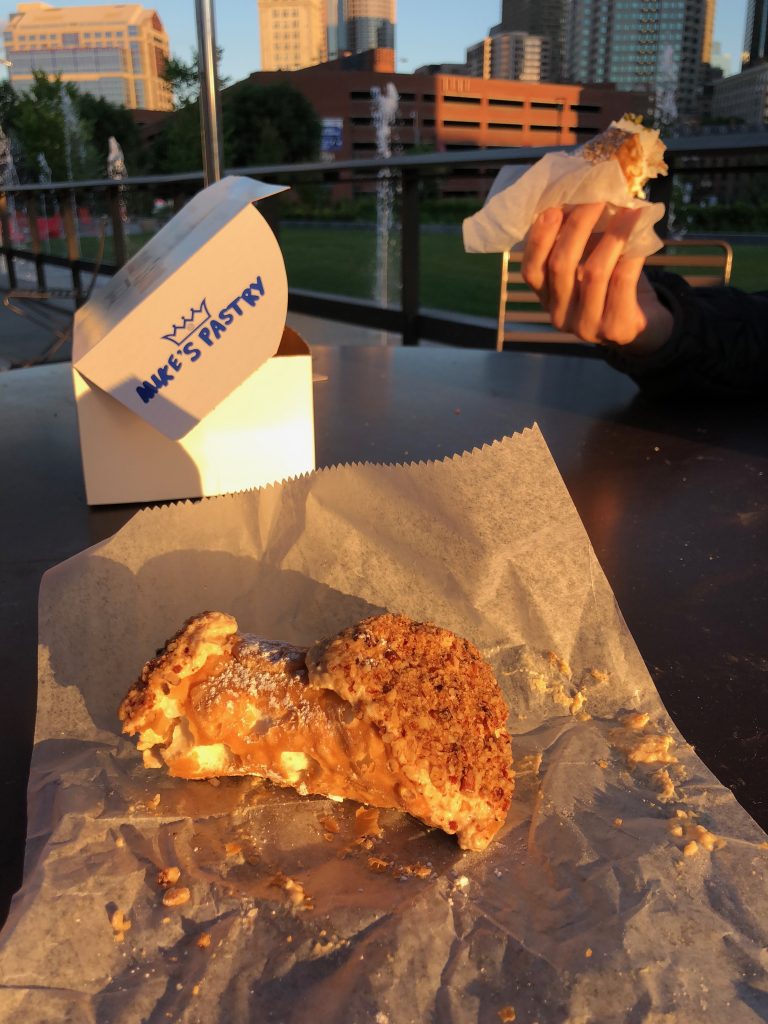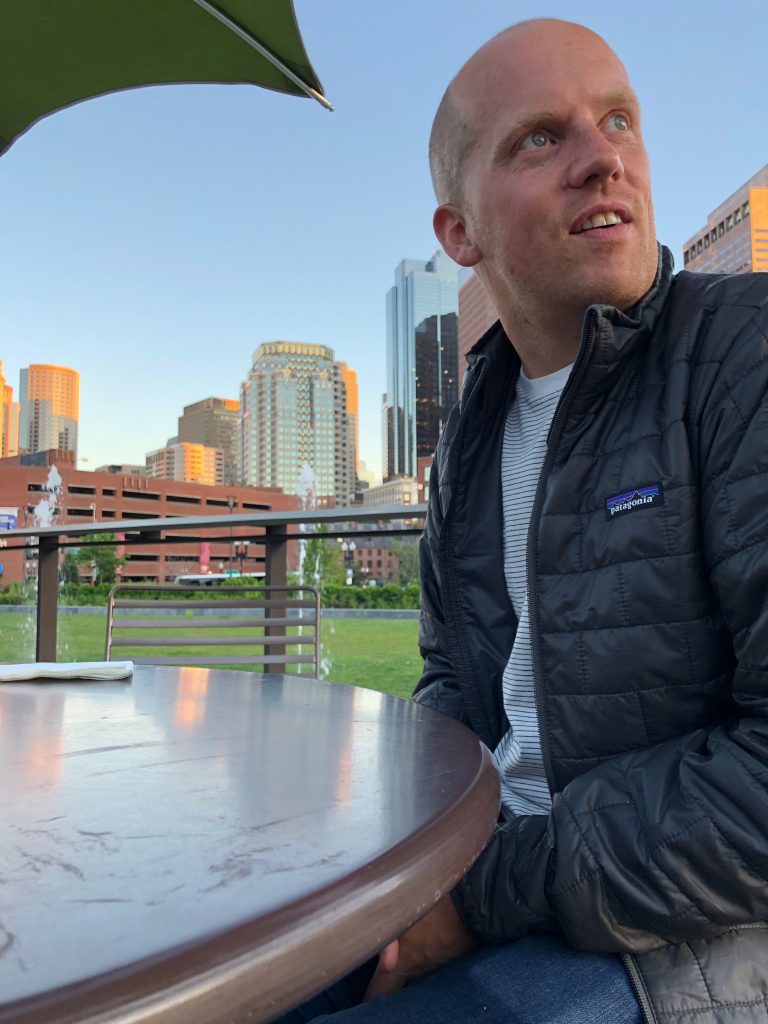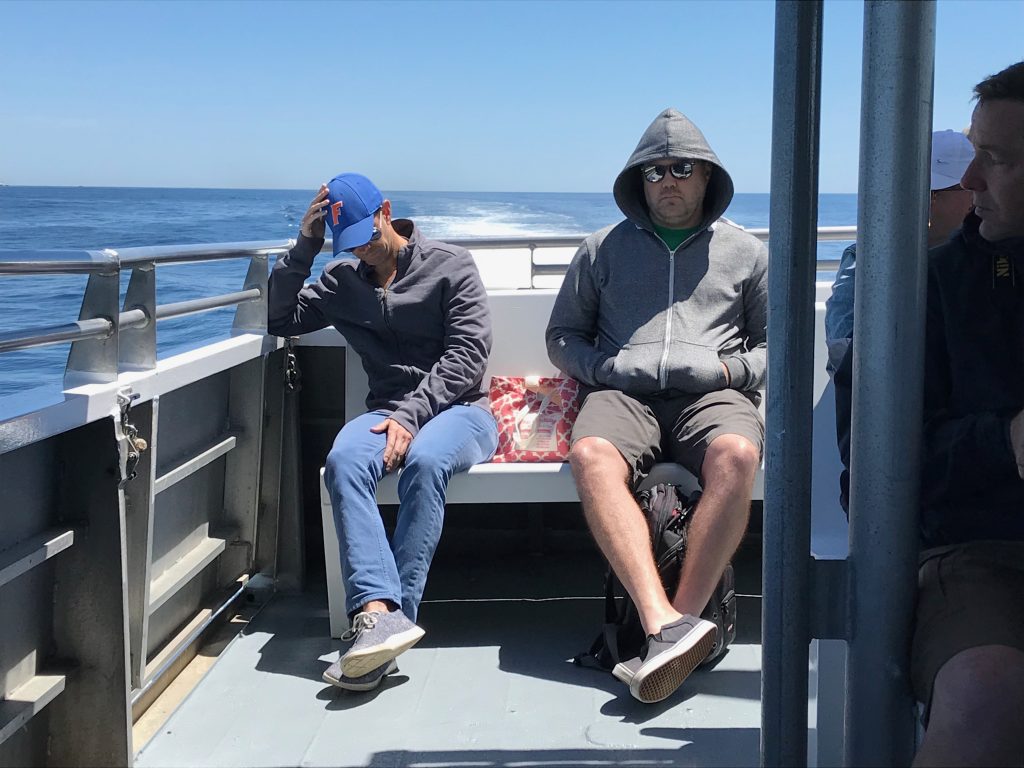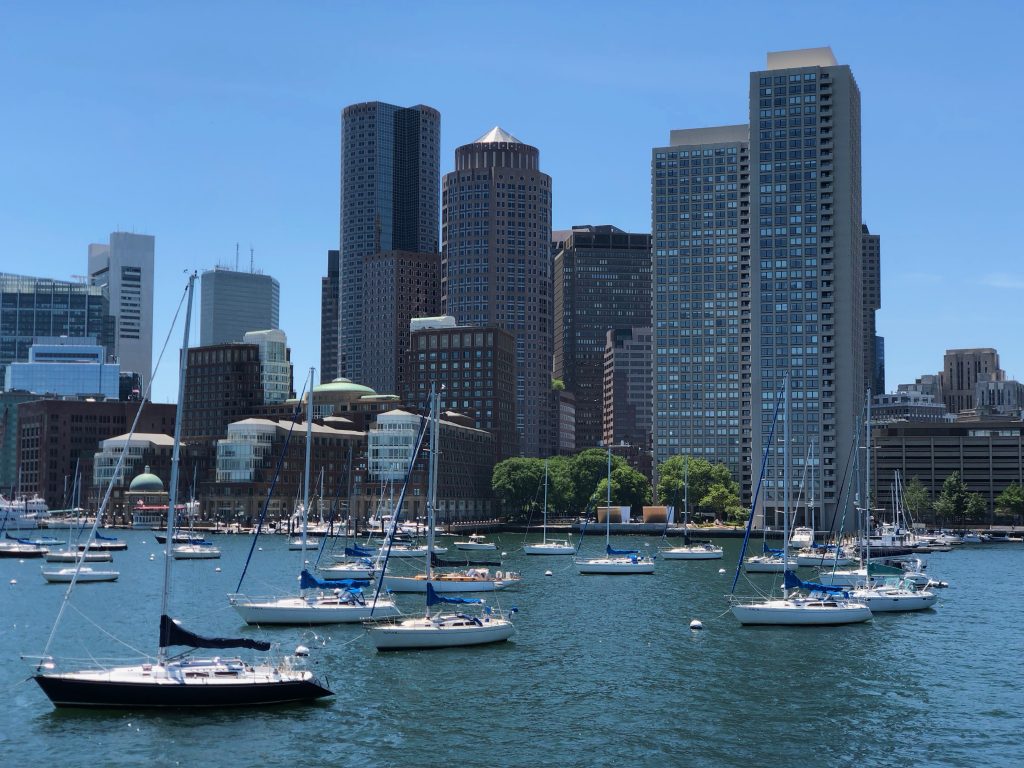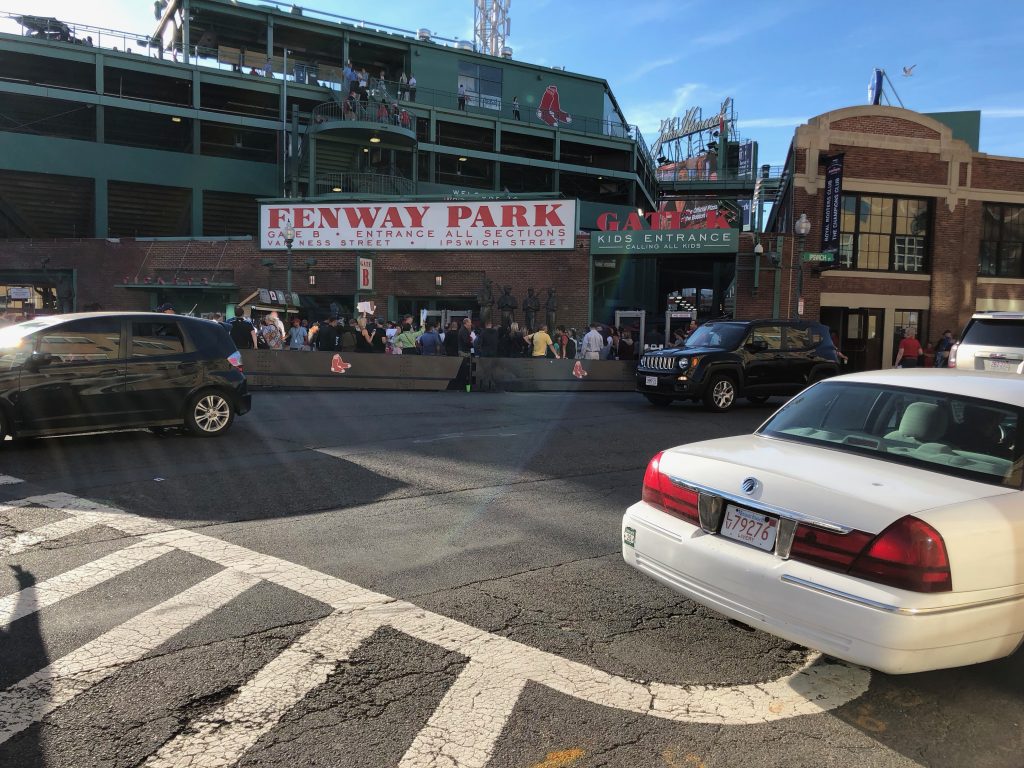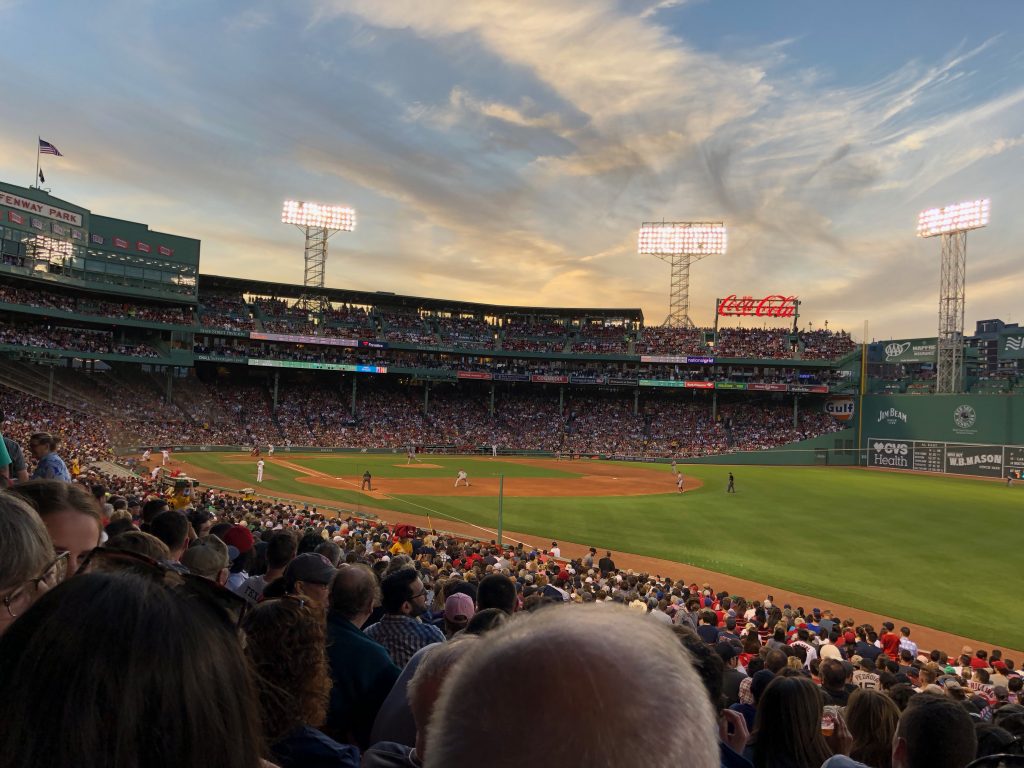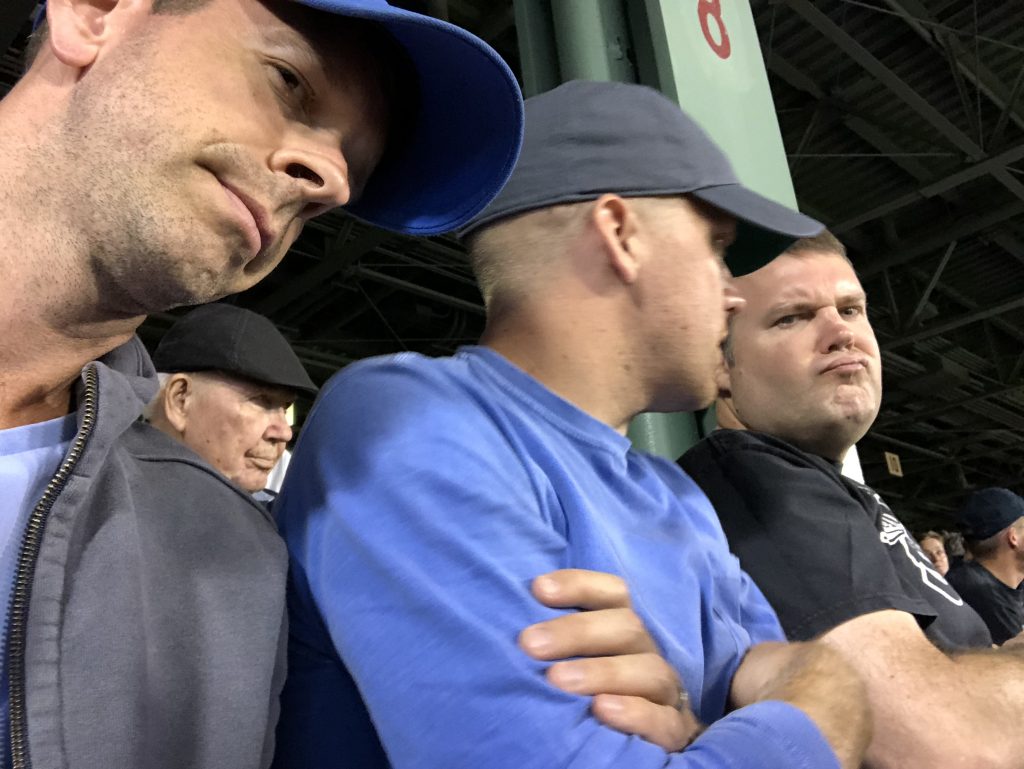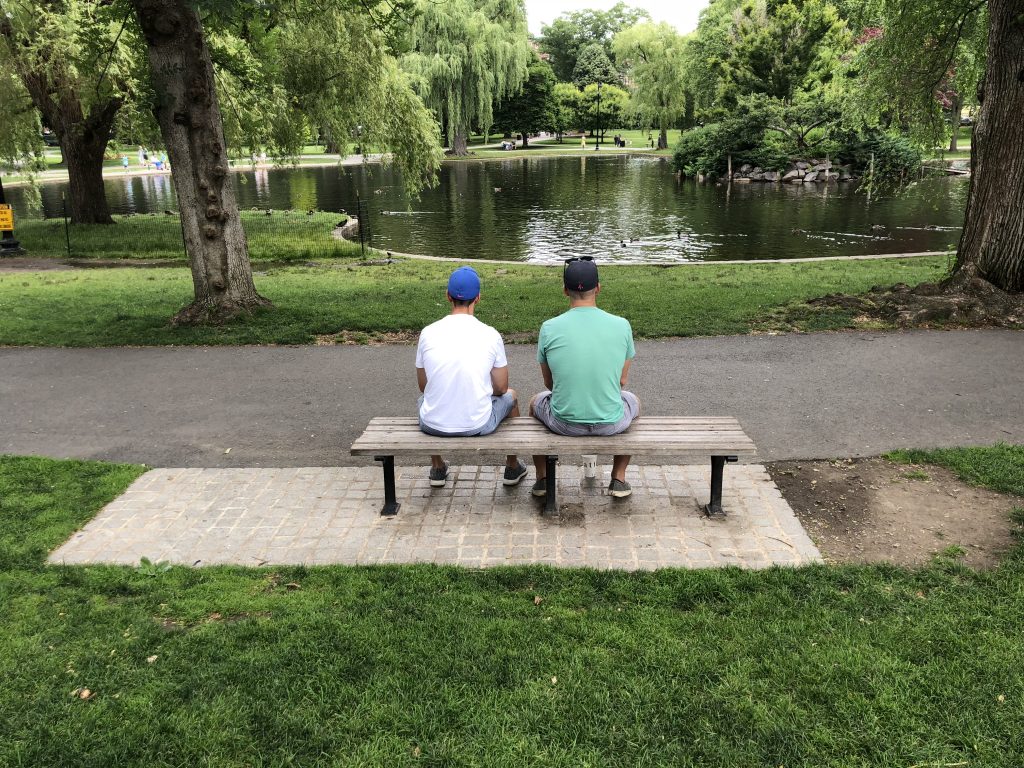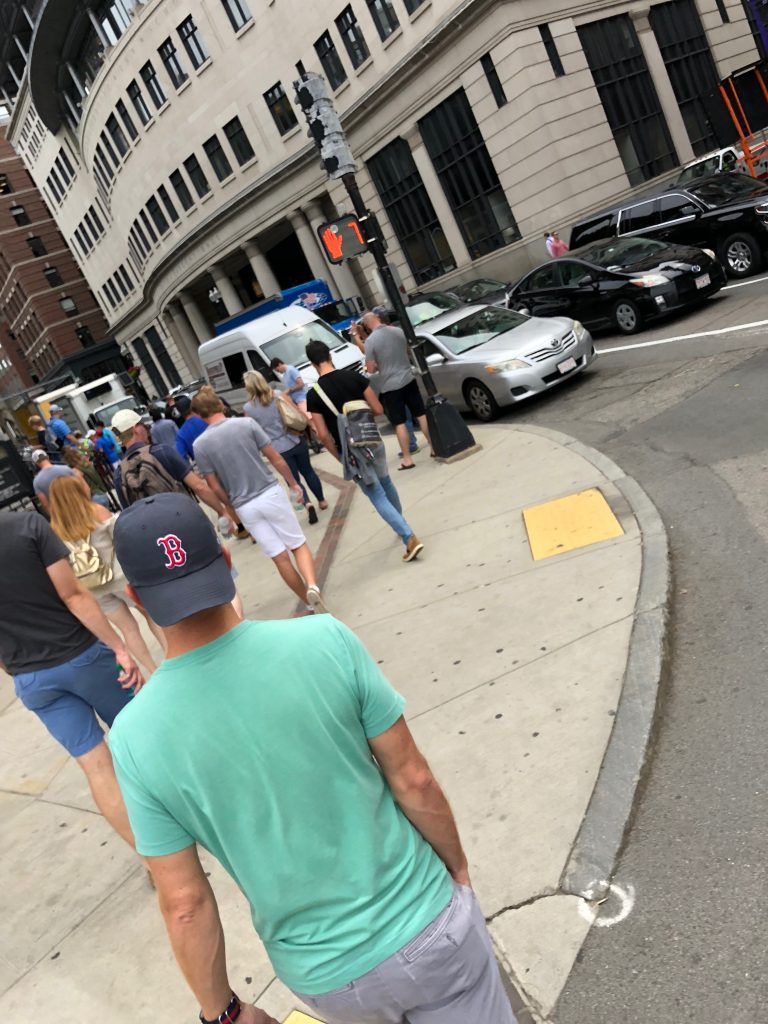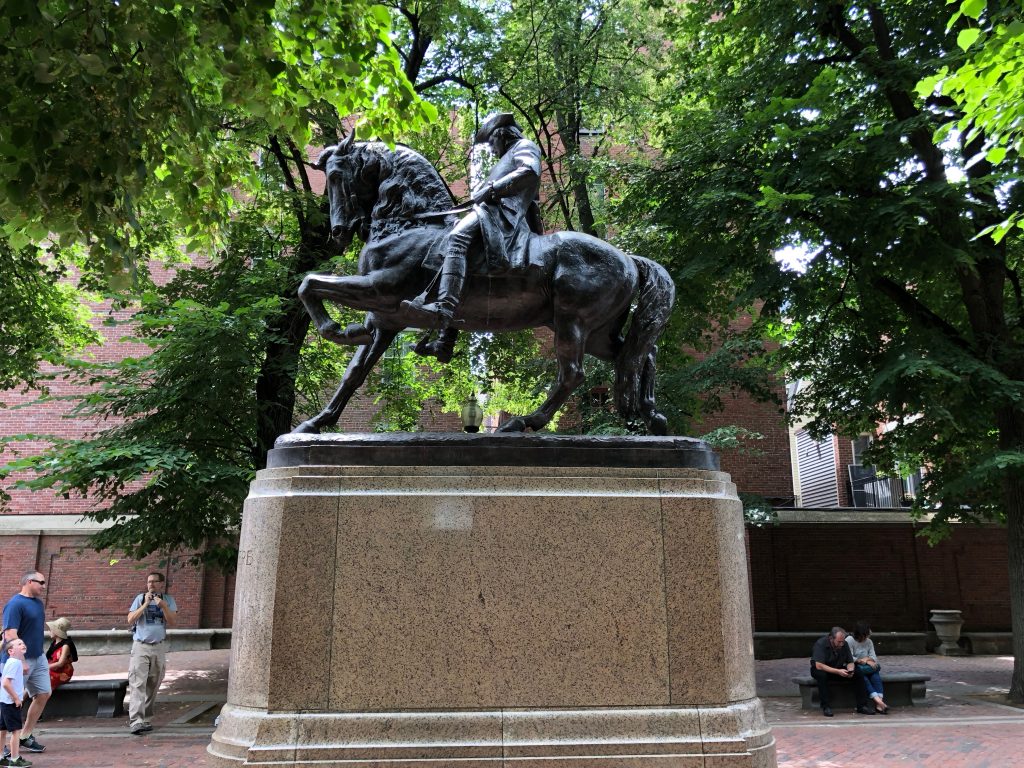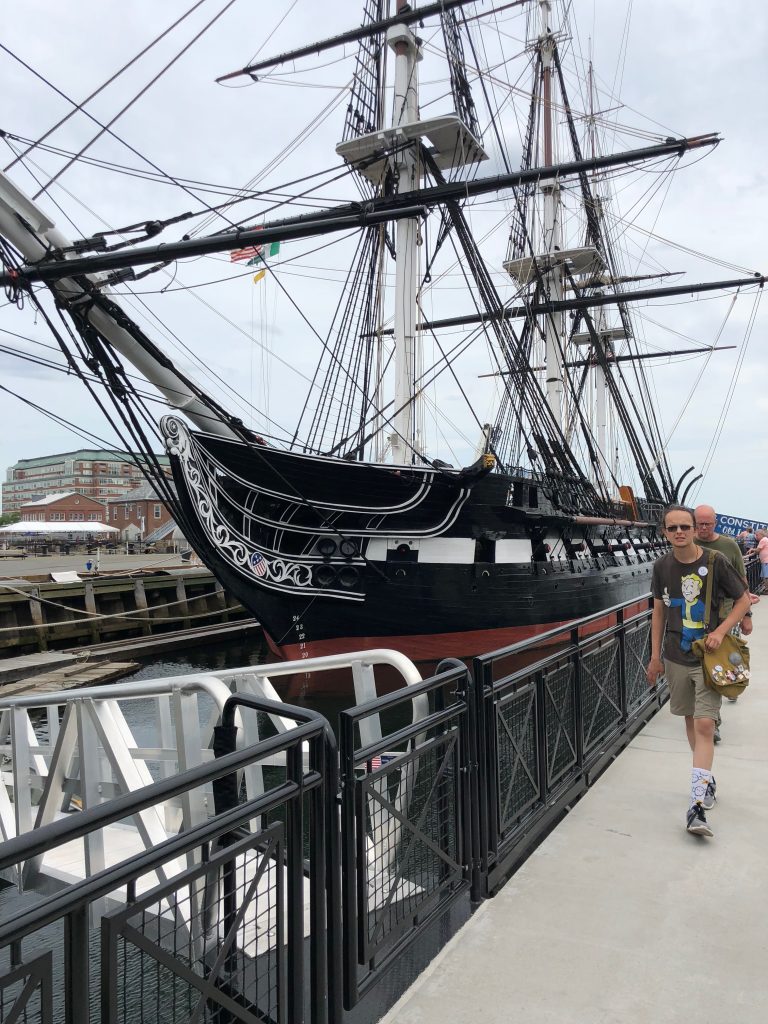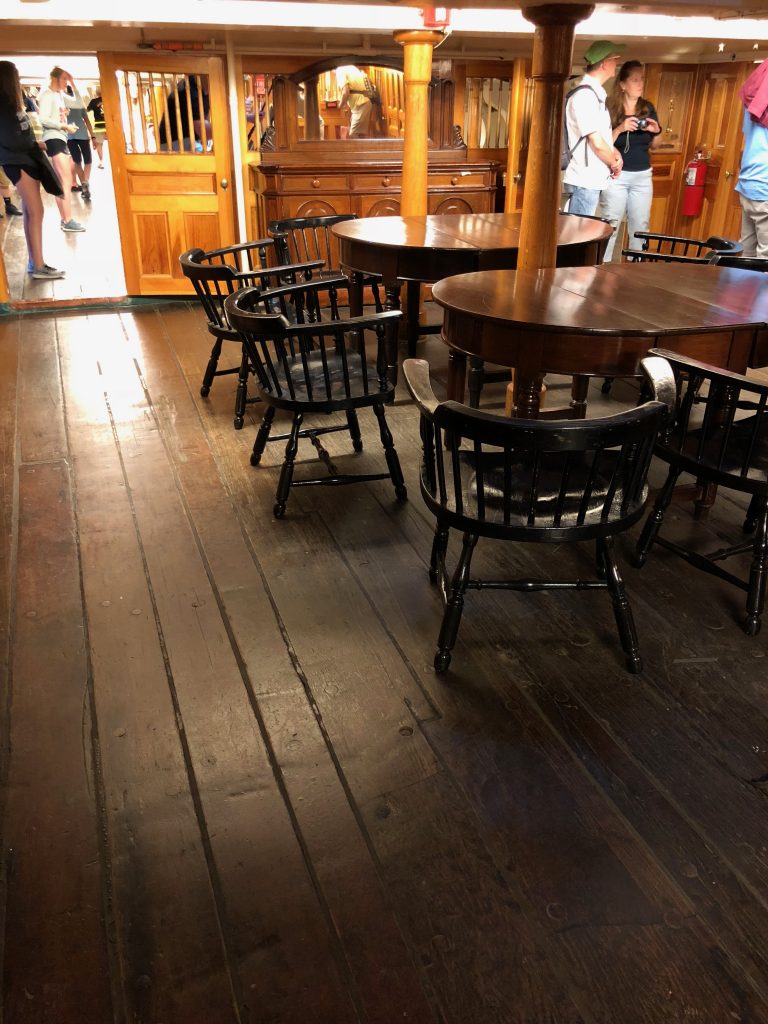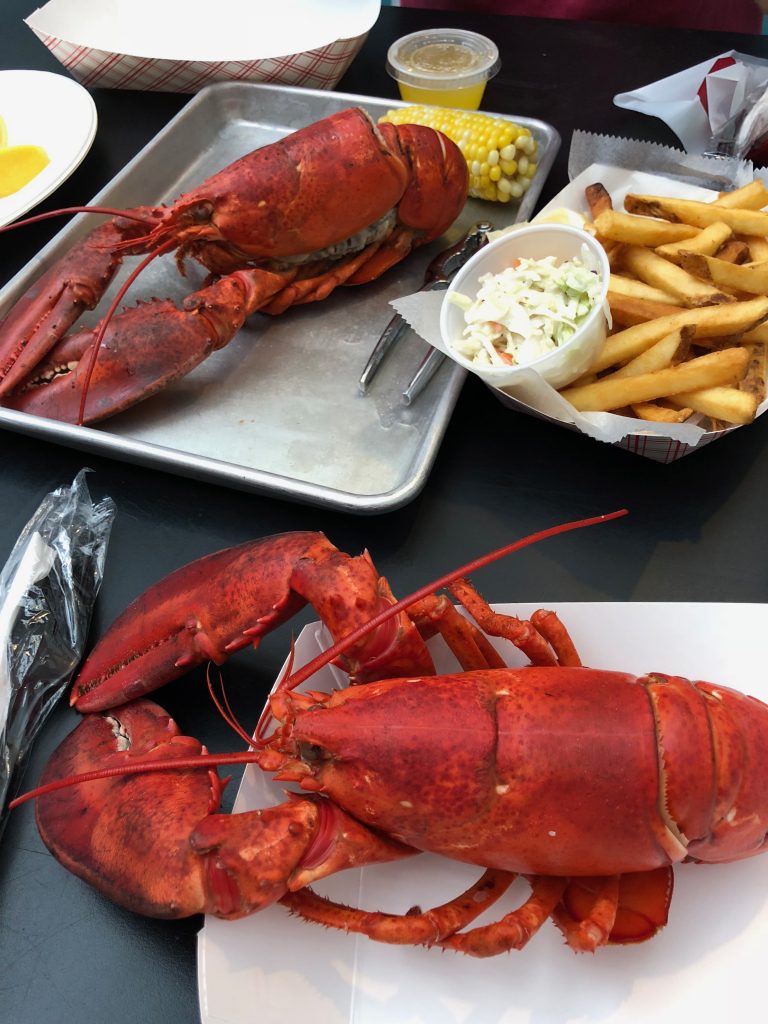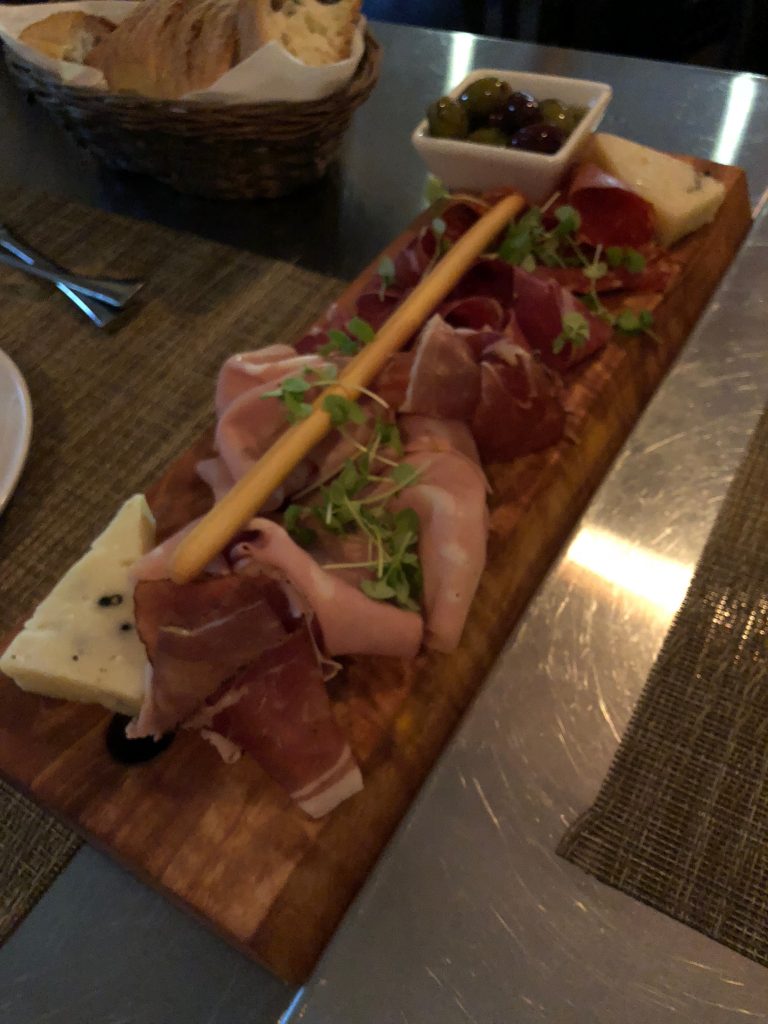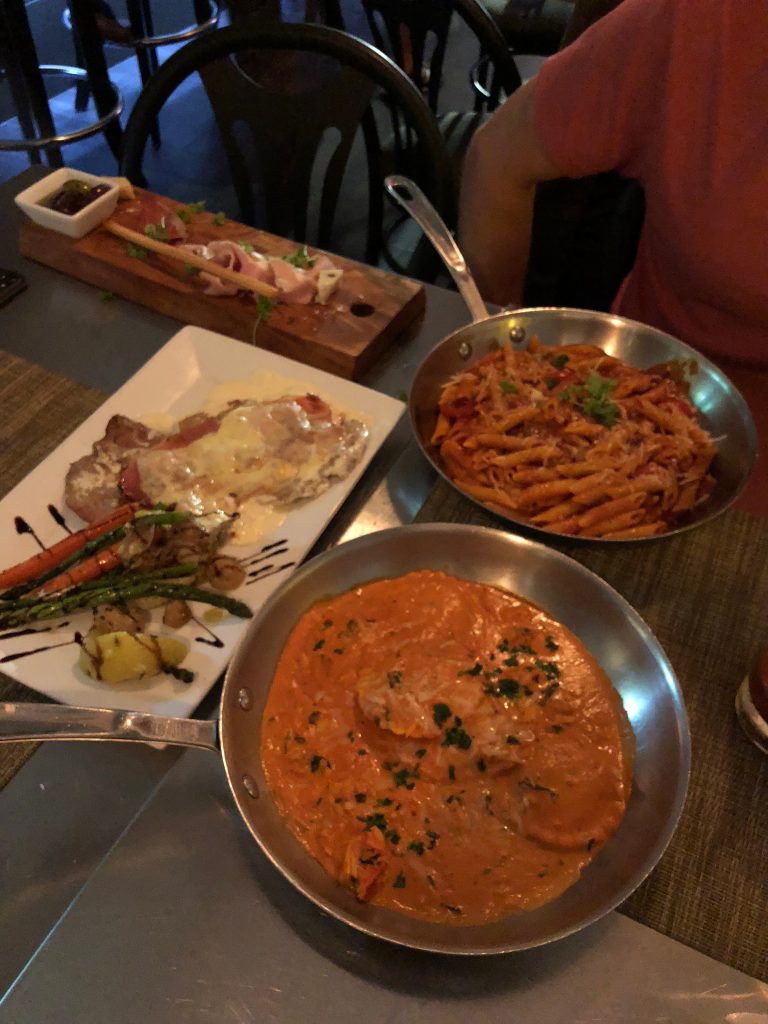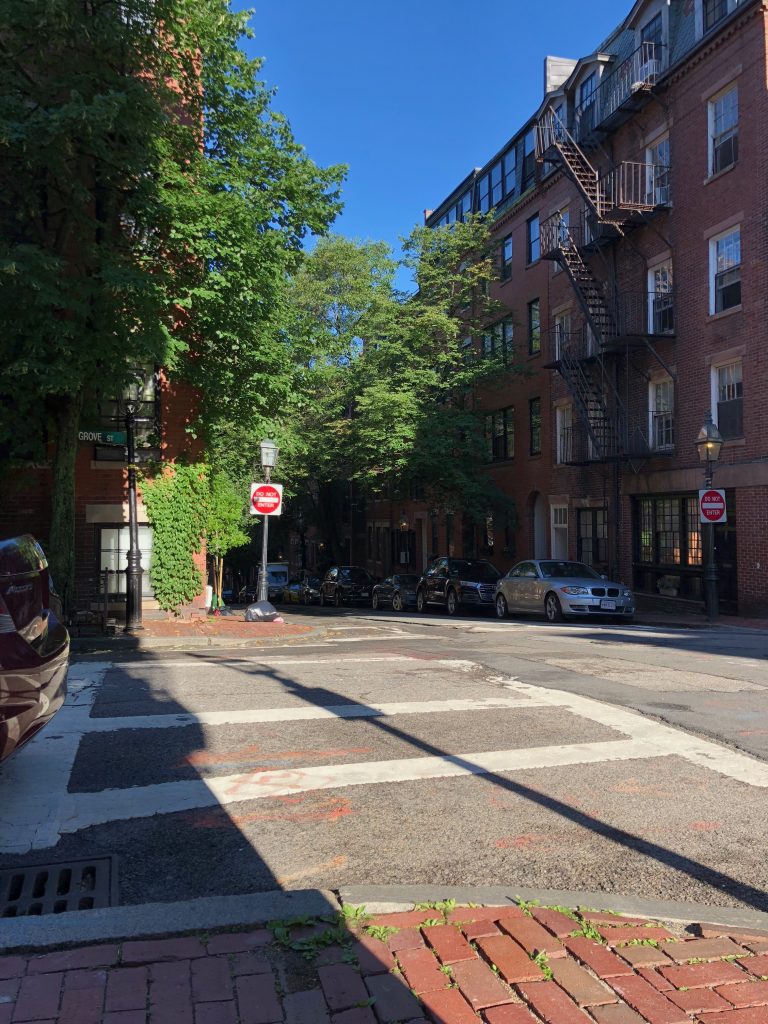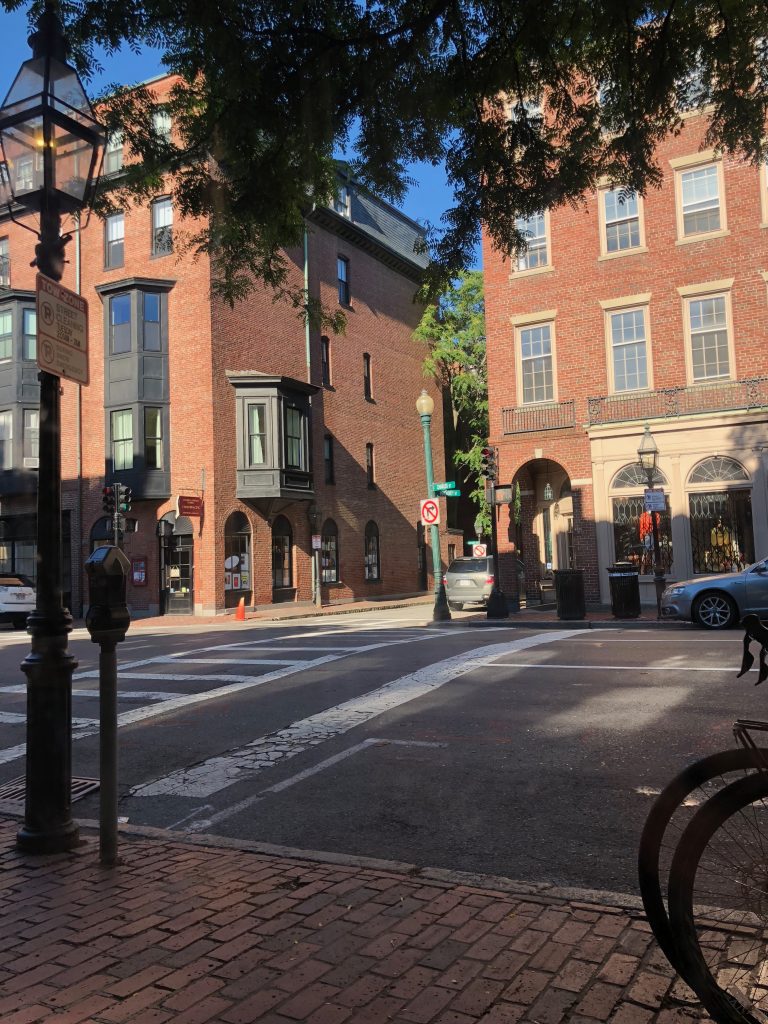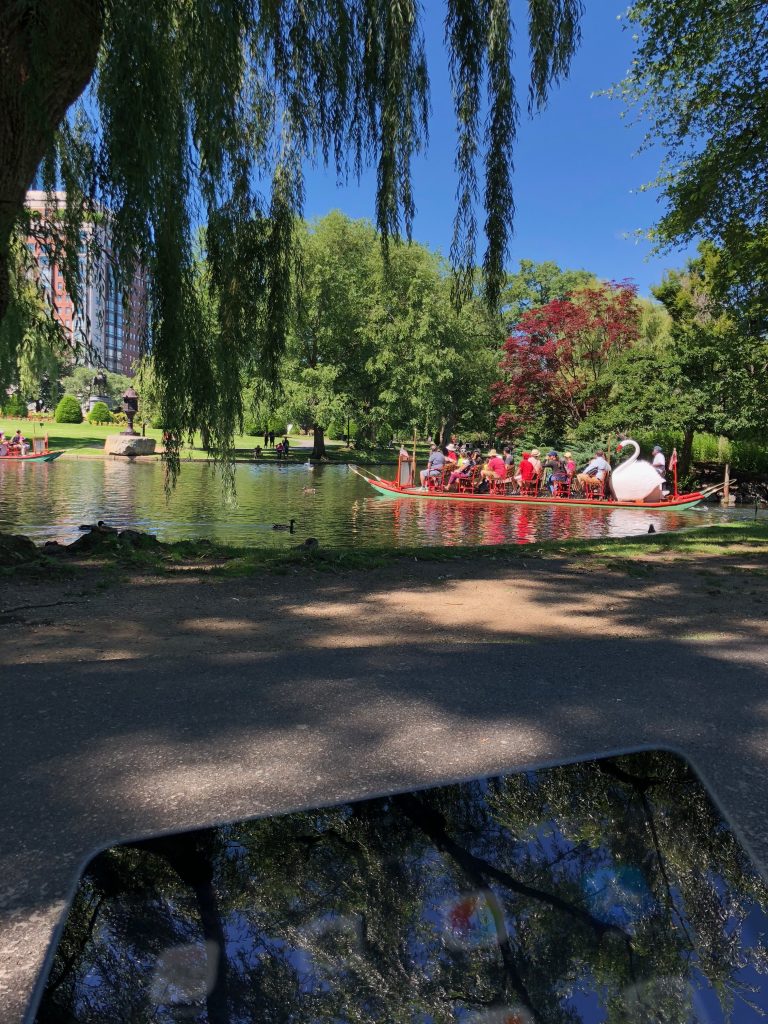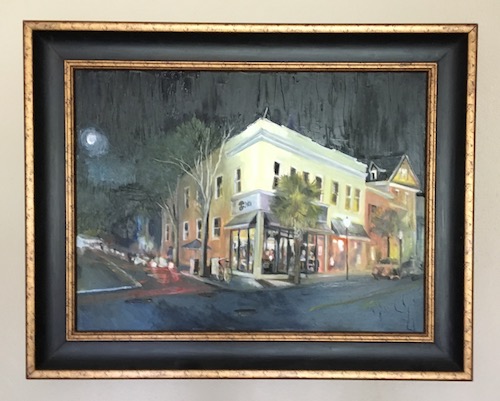This is the story of the first five years of the Fearless Salary Negotiation business. I initially shared this as a Twitter thread, and I’m publishing it here because it’s a personally significant document and it might be interesting to other folks as well. This is exactly as I wrote it in that Twitter thread, but I’ve corrected a few typos and added section headings to make it easier to skim.
Today marks 5 years since I quit my day job. I’ve been thinking about that this morning and my thoughts are surprisingly sort of scattered. I thought, “Why not share some of those thoughts?” So here we go…
Setting the stage
I didn’t quit my job on a lark; I had been working in that direction for about five years before I actually made the jump. I did a trial run after I finished my MBA in 2011: I quit my job to take about eight months and just do stuff I found interesting. That sabbatical was very useful because I learned something important about myself: I did not need a job—fixed schedule, clear responsibilities, steady paycheck, co-workers—to be productive. In that eight months, I was probably more productive than I had ever been. I did some traveling (Las Vegas, Seattle, Vancouver), played in the World Series of Poker Main Event (and a lot of other poker), started writing Heads-Up Tournament Poker, learned Ruby on Rails, built my first web app, and lived on savings the entire time.
To set the sabbatical up, I had saved most of my income for the previous 15 months. So I had essentially run a test and written my own playbook for the next time I would quit my day job and try to make it permanent: Save as much money as possible, pay down debt, have a plan.
Making a plan
By early 2012, I had rejoined the full-time employee world and I had a plan to quit my day job again, but permanently this time. I described my multi-year plan to friends during a round of disc golf, so I vividly remember when I realized, "I’m actually going to try to do this.?" The plan was as follows:
- Pay down all debt (mostly student loans) except my mortgage, which I refinanced to a super low rate.
- Save enough money for a 15–18 month runway.
- Learn to write useful software.
- Build a software business.
- Make the jump when the time was right.
For those of you who know me as "the salary negotiation guy", you might be thinking, "Wait. Build a software business? What am I missing here?" But that was the plan! First I shipped ShareAppeal—a proof of concept social sharing app that was very cool. Then I started TaskBook. TaskBook was a B2b (small business) app for managing recurring tasks on teams. At first it was for small retail shops. Then I began focusing on agencies and consultancies (project management applications). It was ALSO a cool app. By the end of 2014 I had some paying customers.
Starting to write Fearless Salary Negotiation
Meanwhile, I had been noodling on the idea of writing a career management book, which I formally started writing in late 2014. I had made some really unorthodox career decisions and people asked me about career stuff all the time, so I thought, "Why not write about this?"
Maybe you noticed I said "career management" and not "salary negotiation". At first it was a much bigger project, more like a textbook. I called it "Take Control of Your Career: A Career Management Guide" and I totally understand if you nodded off while reading that boring title.
By Spring of 2015 I had a good amount written, but the outline had MANY more topics to cover. I went to MicroConf in Vegas and lucked out to end up eating pizza with Josh Kaufman and Tim Grahl. I cannot overstate how important this one conversation was. It changed everything. In about an hour, Josh suggested I narrow the focus of the book and gave me the title "Fearless Salary Negotiation: A step-by-step guide to getting paid what you’re worth", they talked me into launching on Amazon, and showed me which categories to target.
Quitting my day job
So now I’m working a full-time job, writing a book, and running a B2b SaaS while saving up money as quickly as possible. At this point, the book was more a labor of love and a chance to try self-publishing for the first time. I was still ultimately planning to focus on TaskBook. As my runway approached 15–18 months and I moved into the final stages of Fearless Salary Negotiation, I started to think about when it would be right to quit my day job. I got more and more antsy while also wearing down a bit from doing so much (I was working seven days a week). I decided on September 18, 2015. Here was my plan:
- Publish FSN by end of 2015.
- Ship FSN courses so I would have an info-product tiered offering as soon as possible.
- Make enough monthly income from FSN to survive while pushing TaskBook up the Long, Slow, SaaS Ramp of Death.
In October, I self-published Mastering Business Email, which was a big part of FSN that I removed when I narrowed the scope to salary negotiation. MBE was a self-publishing test run so I could learn the process before launching FSN in December. MBE did surprisingly well! October was also my first full month self-employed and my net revenue for the month was $103.01. November net revenue was $1.72. I felt the full weight of burning large chunks of cash from my runway every month. I realized that runway would go FAST, so I absolutely had to focus.
I spent the rest of the year prepping and launching Fearless Salary Negotiation. I did literally everything except the cover design (which was done by the excellent Pete Garceau, who of course was recommended by Josh Kaufman at that fateful MicroConf pizza dinner).
Publishing Fearless Salary Negotiation
I launched Fearless Salary Negotiation in December. It hit #1 in two categories on Amazon and sold about 220 copies that month. At the time, my mailing list was about 600 people. I made $602.04 that month, putting me at $706.77 net revenue for 2015 (since I quit my day job).
I don’t usually mention specific revenue numbers, but I think that’s important here. It’s now January 2016, four months after I quit my day job to begin burning through my savings. I had been working relentlessly for four months, made $700, and reduced my runway to 14 months.
I was, shall we say, starting to get a little nervous.?
Sunsetting TaskBook
The plan was "Make enough monthly income from FSN to survive while pushing TaskBook up the Long, Slow, SaaS Ramp of Death." I began to see how hard that would be, realizing I was trying to build TWO businesses at once. I had to choose between building a SaaS and building an info-product business. This was not a choice I anticipated when I quit my day job, but here I was at a crossroads only about four months into my journey.
My original plan was not tenable; I was making a new plan on the fly. This choice was nuanced and I won’t go into every factor here. But it was really a choice between pursuing a moonshot in an area where I had little genuine interest, or building a lifestyle business in an area I REALLY enjoyed.
I chose the lifestyle business, going all-in on FSN. I told the few TaskBook customers that I was sunsetting the product, worked out a plan with them, and turned my full-time focus to turning FSN into a revenue-generating business as soon as possible.
Building the Fearless Salary Negotiation Business
My first order of business was to ship the FSN courses as quickly as I could. Turns out that learning to write and produce video courses is difficult. Who knew?! I had no idea what I was in for and fortunately Justin Jackson and the MegaMaker community were super helpful while Caleb Wojcik helped me figure out the on-camera part. It was a grueling process.
I’m generally very risk-averse and had planned and saved meticulously for this move to give myself the best chance possible of never going back to a day job. But my runway continued to burn, I had already significantly modified my plan, and I started to see how risky this was. I was making steady progress, working seven days a week, but I was worried I had made a mistake and set myself up for failure.
One or two days a week, I felt down—I called them "blue days". Those days didn’t affect my productivity, but I felt tremendous pressure and isolation. I was fortunate to be part of a close-knit community, near family and friends who encouraged me. I also had lots of entrepreneurial friends who had experienced similar things, and they helped me keep the right perspective and keep moving forward. I just had to keep moving.
May of 2016 I went to my second Bacon Biz Conf. The timing couldn’t have been better. I had been in 2014, but mostly to network—I met Josh Kaufman there; it was very info-product focused and I had been building a SaaS. By 2016 I was in full-on info-product mode and ready to learn.
Easing into salary negotiation coaching
Just before Bacon Biz Conf, a couple of people asked me if I would help them negotiate their job offers. I had worked with a friend to negotiate his job offer when I was writing FSN, and now his wife asked if I would work with her one-on-one to negotiate a job she was considering. I said I would be happy to help. She asked, "What’s your rate?" I hadn’t ever considered that, and she was freelancing at the time, so I said, "Whatever your hourly rate is, that’s my hourly rate." We got to work, she got a good result, and I had my first coaching success story.
After we’d wrapped up, I asked her, "You already have my book—I gave you and your husband each a copy of it. Why did you hire me when you could’ve just read the book?" She said, "I just wanted someone to do it for me."???
A few weeks later, a friend from middle school (you read that right) reached out and asked if I would help negotiate a job offer. I told her I’d be happy to, and quoted a rate about 50% more than my first client. "Sounds good!" She also got a good result—my second success story.
Coincidentally, I was visiting my friends Rick and Tina when that second coaching client reached out and agreed to my new rate. Tina said, "This coaching thing seems like it could be big. Maybe you should focus on that?" Until then, I was only pursuing info-products.
And that brings us back to Bacon Biz Conf in 2016. (You didn’t think I forgot about that, did you?) I pulled Josh Kaufman and Sean Fioritto aside to talk about my info-product business and how I could grow it. I happened to mention coaching and Josh immediately honed in on that. Instead of talking info-products, Josh, Sean, and I talked exclusively about coaching and how to structure it so it made sense. "No more hourly billing—fixed-fee instead. Charge $1,500 and share some of the best success stories to demonstrate what a good investment it is."
I went home, set up a Salary negotiation coaching landing page, and a slow trickle of people began to find me and occasionally hire me. One coaching client could easily bring in more revenue than all product sales for that month. I was on to something.
By the Fall of 2016, two things had happened:
- My runway was burning more slowly. I was bringing in non-trivial revenue most months. Not enough to cover my expenses, but I was occasionally getting CLOSE.
- I noticed that my best coaching results were for software developers.
I finally had some breathing room, and I mostly just kept my head down and focused on building the business for the rest of 2016. That mainly meant growing my newsletter, working on SEO, and writing new articles on the FSN site. It was a grind.
Focusing on helping Software Developers
I had still been occasionally coaching people across all industries. But Software Developers continued to get the best results. I mentioned this to Philip Morgan, who (of course) suggested I re-position my coaching offering to be FOR Software Developers. That made me nervous. I had the usual objections to niching down: "What if I’m missing out on tons of other coaching clients in other industries? What if I can’t find enough Software Devs to work with?"
"I’ll bet you a steak dinner you have at least one non-dev ask to hire you in the first 60 days." He persuaded me and I rewrote the landing page and all of my marketing material to say that I was "A salary negotiation coach for software developers". And of course he was right: More devs hired me AND I still got a non-dev client soon afterward.
Business slowly picked up. But it’s important to emphasize that I was still primarily focused on info-product sales. That sweet, sweet promise of "passive income"—if I could build a good enough marketing machine, I might make a good living without constantly grinding or trading my time for revenue.
Meanwhile, my runway was still slowly shrinking—it was under 6 months. My revenue was consistently better than it was a year earlier, but still wasn’t enough to cover my monthly expenses. I was getting nervous that it would eventually run out and I’d have to go get a day job.
Saving the business by focusing on salary negotiation coaching
In May of 2017, I was at a friend’s house and we talked for several hours about my business and my shrinking runway. "Why are you so focused on selling books when you can make so much more on each coaching client? You should be focused on coaching, not books." He was right.
The next day, I changed my positioning from "Author who also does coaching" to "Salary negotiation coach for software developers (who also sells books)". Another inflection point that cannot be overstated: This change saved my business and turned everything around.
That June I had my best month ever—almost triple my May revenue. Looking backward at my best month before this change, each of the next 16 months was better than that. My revenue in May 2018 was almost 10x my revenue from May 2017. I had pulled out of the nosedive just in time.
As I worked with more coaching clients, I slowly raised my rate to help manage demand and because the service was so valuable. But I was slow to raise rates because of a common fear with the Charge More™? (obligatory hat tip to @patio11) tactic: "What if my business dries up?"
In March of 2018, I had a long chat with Mark Butler. He explained why my current pricing was way too low and not sustainable. He helped me see all the hidden costs of the work I was doing, and emphasized the value I was adding for my clients.
I decided to make a big change.
Raising my rates
I significantly increased my rates and moved to a three-tiered pricing structure that was based on the "Total Offer Value" of the offers I helped clients negotiate. It was a clumsy attempt at value-based pricing, but it was effective and revenue kept going up.
By the end of 2018, I had completely transitioned from "just try to survive" to "how do I make this grow?" For the year, I made almost the same as I had made in my last year at a day job. I could finally breathe and now my focus was on optimizing my business to be sustainable.
I began to run into a problem I hadn’t anticipated: Consumer psychology was making it difficult to continue raising prices. The issue wasn’t the value I offered, but the fact that people just weren’t comfortable paying above a certain amount to hire a stranger on the internet. My top pricing tier was $9k. I rarely got clients in that tier, but I did get them occasionally. The next obvious move to Charge More™? was to go to $10k, but people just weren’t going to pay that kind of money to a stranger on the internet for a fixed-fee, paid-up-front service. I had already gotten some resistance at the $9k point, so I knew $10k wouldn’t work. But since all my tiers were sort of tied together, I had to raise the top tier to raise the lower tiers (where most of my business was). I would need to get creative to raise prices this time.
Changing my salary negotiation coaching fee structure to include a result fee
This brought me back to an idea I had considered early in the business, and which lots of people had suggested: Why not charge a fee based on clients’ results? Maybe a percentage of the improvement we negotiated? I don’t think it would’ve worked early on, but it might work now.
But I had a pretty good thing going! Revenue was up, clients were finding and hiring me, everyone was happy. Why mess with that? I felt that if the business was going to keep growing, and I was going to start actually doing value-based pricing, I had to consider a result fee. This was an even more drastic change that repositioning to focus on coaching (which was already working for me), or niching down to work with software developers (who were already hiring me). This was a wholesale pricing model change on a business that was doing pretty well.
But part of the fun of running my own business and working for myself is testing things and optimizing the business. I had to know if a result fee would work now that I was established. I hadn’t tried it earlier because I could see several pitfalls with result fee-only pricing. The main issue was that I wanted to work with clients who were fully bought into my methodology. Negotiating is scary and I need people to be totally on board for us to get the best result. If I only charged a result fee, they wouldn’t have any skin in the game.
I decided on a service-plus-result fee model: A service fee to work with me and benefit from my expertise, and then a result fee based on the actual improvement we negotiated. I started with a $3k service fee—the lowest tier from my old structure—and a 10% result fee. This is truly value-based pricing and since I had negotiated huge results for past clients (more than a million dollars paid out over four years), I knew it enabled me to charge an amount closer to the value I add to salary negotiations. I moved to this model in April 2019.
It turns out, clients LOVE this model. It reduces their up-front investment and they only pay a result fee when they get an improvement. Bigger result fees mean bigger improvements, of which they keep 90%. They’re happier, I’m happier, my business is happier and more sustainable.
Breaking even on my previous day job salary
2019 was the first year I earned more than I had at my day job. 2020 is on track to be even better. But my five-year path to this point was a bumpy one. I thought I was going to build a SaaS and I ended up building a bespoke services business. I almost went broke 18 months in. I had to turn my business upside down, change my target market and risk alienating a lot of potential customers, change my pricing model drastically multiple times, and take other big risks.
There’s still a lot of work to do
And there are still challenges that don’t have easy solutions.The pandemic killed my product sales and organic search traffic. That part of the business is basically dead. I think it can be revived, but it’s not going to be easy. And that’s why I still love running my little lifestyle business after 5 years. I always need a new challenge.
A couple of weeks ago, I reached out to a fellow entrepreneur who I’ve partnered with to help his audience negotiate their job offers. I love his business and just wanted to know more about how he started. It seemed like he came out of nowhere and found success earlier this year. "So take me through this. How did you get started? It seems like you hit a home run right away." "Well, I actually started about five years ago…"
I should’ve known better. Most successful businesses start with that grind. His story was a lot like mine. Building a business is hard and it takes time. I had to survive long enough to find the thing that works. And along the way, I tried lots of things that just didn’t work. I probably offered 5 different coaching offerings before I found the one that took off. That’s the process. Now I try to make my business as anti-fragile as possible (hat tip to Nassim Nicholas Taleb). I try things because I know they will fail and I want to know how they will fail so I can make my business stronger with that information.
My business is a lab where I always try new things. Five years in, that’s what keeps me interested, engaged, energized. I love trying new things, finding new ways to help people, and learning about myself and other people. It’s been a lot of fun and a wild ride so far. I can’t wait to see what the next five years bring.
